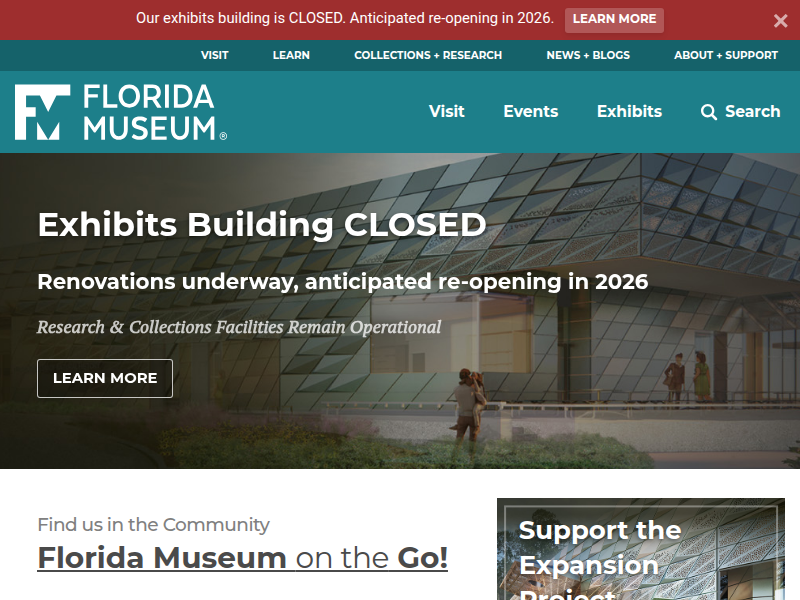A natural history of the Red Sea and the uncertain future of its corals – Research News https://www.floridamuseum.ufl.edu/science/a-natural-history-of-the-red-sea-and-the-uncertain-future-of-its-corals/
Early in May 2023, a small team of marine biologists arrived in the Saudi Arabian city of Jeddah. They’d flown into the local airport from Guam, the United States, Portugal, Spain and Japan, and they’d soon rendezvous with colleagues from the King Abdullah University of Science and Technology (KAUST
Water from the Indian Ocean spilled into the breach, carrying with it a retinue of

